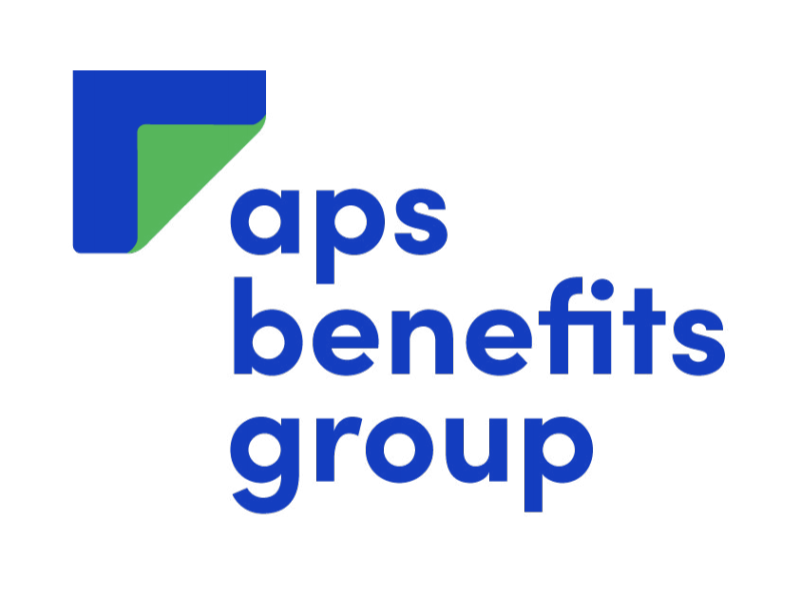
Circumstances can change, and there are many reasons you might consider returning to work after retiring. Perhaps your savings are dwindling faster than expected, or maybe you’re feeling restless and looking for something meaningful to fill your day. Whatever your reasons, you’re not alone in this decision.
Here’s a helpful guide to support you in understanding how you can return to work even if you’ve already accessed your super.
The flexibility of retirement
Retirement isn’t a one-size-fits-all journey. It’s a phase of life that can be flexible and adaptable to your needs and desires. Many retirees find that after some time, they miss the structure and social interaction that work provides. Others may find that their financial situation has changed, necessitating a return to the workforce. The good news is that returning to work after retirement is possible, though the rules and regulations will vary based on your age and retirement status.
Reaching preservation age and deciding to retire
If you’ve reached your preservation age and want to access your retirement savings, you must sign a declaration form stating your intent to permanently retire. This declaration is a serious commitment, closely monitored by both your super fund and the Australian Taxation Office (ATO) to prevent illegal access to superannuation funds.
However, this doesn’t mean you’re locked into retirement forever. As long as your intentions to retire were genuine at the time, changing your mind later is generally acceptable. Where super funds might raise concerns is if you declare your retirement, withdraw your super, and then quickly return to work. To avoid any issues, ensure there’s a reasonable period between retiring and resuming work.
Turning 60 and ceasing employment
Once you turn 60, the rules become more relaxed. At this point, you can access your superannuation by notifying your super fund that you’ve ceased a gainful employment relationship. This means that your super balance at the time you stop working becomes accessible, even if you decide to return to work later. However, any growth or contributions accumulated after you cease work will remain inaccessible until you either finish another job or reach the age of 65.
Reaching age 65
Turning 65 is a significant milestone in superannuation law. Once you reach this age, you have unrestricted access to your super, regardless of your employment status. This means you can continue working and start drawing down your super at the same time, giving you the flexibility to manage your finances in a way that suits your lifestyle.
Continuing your account-based pension
If you’ve already withdrawn your super as a lump sum, converted it into an income stream (such as an account-based pension), or opted for a combination of both, you can still return to work. Your account-based pension can continue running even if you decide to rejoin the workforce. This flexibility allows you to enjoy the benefits of your superannuation while supplementing your income through employment.
Managing future super contributions
Returning to work means your employer will start making compulsory super contributions on your behalf again. These contributions, along with any voluntary ones you make, will need to go into an accumulation account. Unlike the super you’ve already accessed, these new contributions will be preserved until you meet another condition of release.
If you plan to become self-employed, you’ll need to manage your super contributions yourself. While you’re not obligated to contribute a portion of your income to your super, doing so can be beneficial due to the favourable tax treatment these contributions might receive, depending on your total income.
Receiving the age pension
If you’re receiving the Age Pension in addition to or instead of your super, you can still return to work. However, be aware that any income you earn may be included in Centrelink’s income test, which determines your rate of payment.
Fortunately, there are measures in place to help pensioners keep more of their pension while earning money from work. For example, the Work Bonus scheme reduces the amount of eligible income included in the income test by $300 per fortnight. Combined with the pension income free area ($204 per fortnight for single pensioners), a single pensioner could earn up to $504 per fortnight in work-related income and still receive the maximum pension amount.
Embracing your new chapter
Returning to work after retirement can be a fulfilling and financially beneficial decision. It offers an opportunity to re-engage with the workforce, stay active, and supplement your income. Whether you’re looking to ease financial pressures or simply seeking the social and mental benefits of working, it’s essential to understand the rules and plan accordingly.
Before making any decisions, take the time to evaluate your financial situation, consider your goals, and consult with a financial adviser. They can help you navigate the complexities of superannuation and retirement, ensuring that your return to work aligns with your long-term financial plans.
Retirement doesn’t have to be a permanent state. Life is full of changes, and it’s perfectly okay to adjust your plans as needed. By understanding the rules and making informed decisions, you can return to work and enjoy the best of both worlds—financial stability and the satisfaction of contributing to the workforce. Embrace this new chapter with confidence, knowing that you have the flexibility to shape your retirement journey in a way that best suits your needs and aspirations.
Chat with the team at APS Financial Planning.
Written by APS Senior Financial Advisor, Paul Hatzigeorgiadis.
Paul has over 25 years of experience in the financial services sector. Over Paul’s history, he has provided advice to an extensive range of clients from wealth accumulators to pre and post retirees advising them on Wealth Creation, Cash Flow Management, maximising Centrelink benefits in Retirement, Personal Insurances, Debt minimisation strategies and Superannuation. Paul is married with a 12-year-old daughter and enjoys spending time with family and friends. Whether it’s assisting clients to meet their short-term goals or working with them over a longer term, Paul enjoys helping guide his clients with their financial future.
